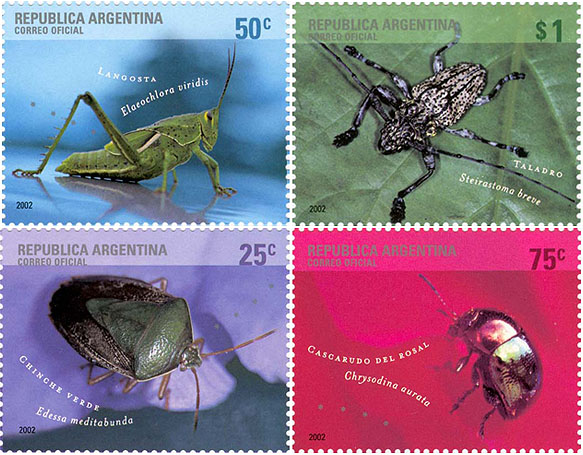Research by Utrecht University has demonstrated a link between the insecticide imidacloprid and the abundance of insects and other invertebrates in surface-water: http://dx.plos.org/10.1371/journal.pone.0062374. The concentration of imidacloprid in surface water was in excess of the limit in almost half the sites monitored by Water Boards in the Netherlands in the past eight years. In one instance, the imidacloprid concentration in surface water was 25,000 times above the limit. On average they found three times less invertebrates in polluted locations than in water that meets the standard. The scientists found that even below the limit of 13 nanogram per litre, imidacloprid still adversely affected aquatic insect life. The data underpin Henk Tennekes' long-standing thesis that ground and surface water contamination with persistent insecticides that cause irreversible and cumulative damage to aquatic and terrestrial (non-target) insects must lead to an environmental catastrophe, as described in chapter 3 of his book "The Systemic Insecticides: A Disaster in the Making", published in November 2010 (attached).
Source:
Van Dijk TC, Van Staalduinen MA, Van der Sluijs JP (2013) Macro-Invertebrate Decline in Surface Water Polluted with Imidacloprid. PLoS ONE 8(5): e62374. doi:10.1371/journal.pone.0062374

- Login om te reageren
